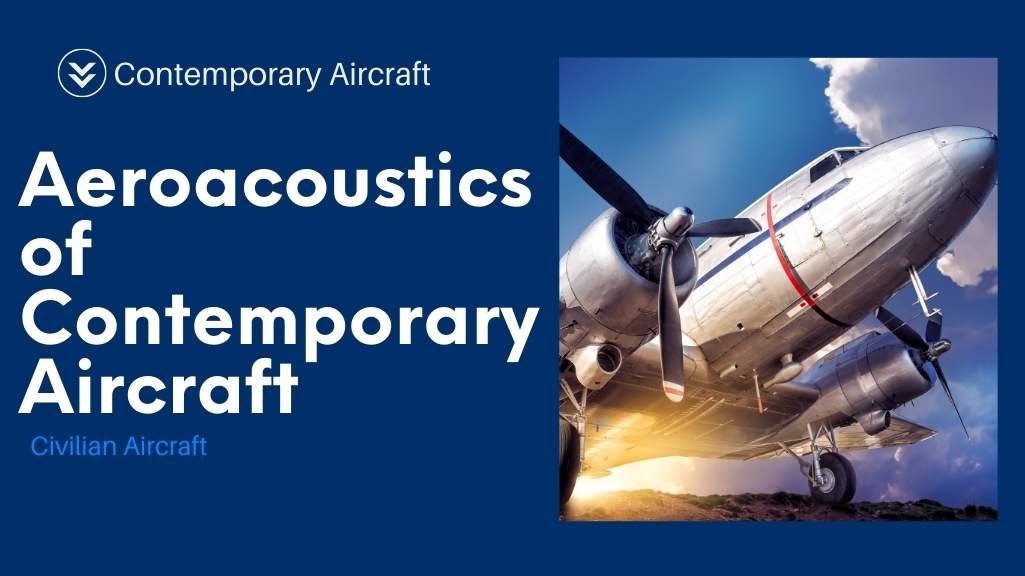Aeroacoustics of Contemporary Aircraft
Vikash Jain
. 2 min read
Aeroacoustics simulation, also known as the study of sound generated from a flowing fluid, is the method by which engineers and designers determine the source of a noise, comprehend the range of its impact, and model potential solutions to reduce or eliminate the noise in order to conform to sound regulations and enhance the user experience. By incorporating advanced technologies, such as video chat, engineers can collaborate in real-time to discuss and analyze the results of aeroacoustics simulations. Aeroacoustics simulation, combined with video chat capabilities, provides engineers in a wide variety of fields with a powerful tool to analyze the generation of sound and implement effective solutions for a better user experience.

Shifting Focus on Engine Noise in Civilian Aircraft: The impact of underwater Noise Pollution
As the contribution of jet mixing noise to the overall takeoff noise of civilian aircraft has decreased, the focus has shifted to other aspects of engine noise, most notably the fan noise that radiates both in the forward arc of the aircraft as well as out of the exhaust nozzle and radiates to aft angles. This is because the jet mixing noise has become less important to the overall takeoff noise of civilian aircraft.
Why Should We Use Aeroacoustics?
The generation and propagation of sound through a fluid is the primary focus of aeroacoustics as a scientific discipline. The prefix "aero" usually refers to air, but one can also talk about sound in other fluids, like water. The subfield of acoustics known as aeroacoustics is a component of the larger field of acoustics, which also studies the transmission of sound through various other types of media, such as solids, plasmas.
Noise Reduction in Commercial Aircraft: The Impact of Engine Noise and the Role of Computational Algorithms
When it comes to commercial aircraft, the noise produced by the engines has an impact not only on how the aircraft is used at the airport and in the surrounding area, but also on whether or not the aircraft is quiet enough to meet certification requirements. The processing of information using a computational algorithm typically results in a loss of both information and accuracy. This loss of information can be either numerical or symbolic. Erroneous models, approximations, input data, and rounding-off operations are all contributors to the loss of precision that occurs throughout the entirety of the computation process.
Recent developments in the field of aeroacoustics research, as well as prospective areas of study
The importance of ongoing research into aeroacoustics is reflected by an increase in the number of high-level technical meetings and journal special volumes, one of which is the current Theme Issue. This is in line with the demands that technology places on us. The theoretical modeling of isolated aerofoil noise concentrates primarily on the near-field sound that is produced by turbulence scattering off of the leading or trailing edges of the aerofoil.
Advancing the State of the Art in Modeling Fluid Flow Around Cars
In order to advance the current state of the art in the modeling of fluid flow around generic cars, the FLuD group maintains active collaborations with both the automotive industry and universities from around the world. Two issues that have arisen in recent times have centered on the flow physics of large-scale separations at the back of a vehicle, which have a significant influence on the overall drag.
More Stories from
All About Top Beauty Influencers on Social Media
This article provides a glimpse into the world of beauty influencers, highlighting some of the top names in the industry and their unique approaches to beauty.
Tips for Developing a Positive Attitude: Insights from Positive Psychology
The article discusses the concept of positive psychology and how it focuses on helping individuals reach their full potential by capitalizing on the positive aspects of their lives.
Canva: Empowering Creativity and Design Simplicity
Discover how Canva, the user-friendly graphic design platform, has revolutionized the world of visual communication.
The Rise of Virtual Travel: Exploring the World from the Comfort of Home
This article explores the surging popularity of virtual travel, a modern phenomenon that allows individuals to experience the world's wonders from the comfort of their homes.
The Art of Photography: Capturing Moments that Last a Lifetime
In this article, we explore the fascinating world of photography, tracing its evolution from its early beginnings to the digital age.







.png?width=40&aspect_ratio=1:1)
.png?width=40&aspect_ratio=1:1)




.png?width=40&aspect_ratio=1:1)